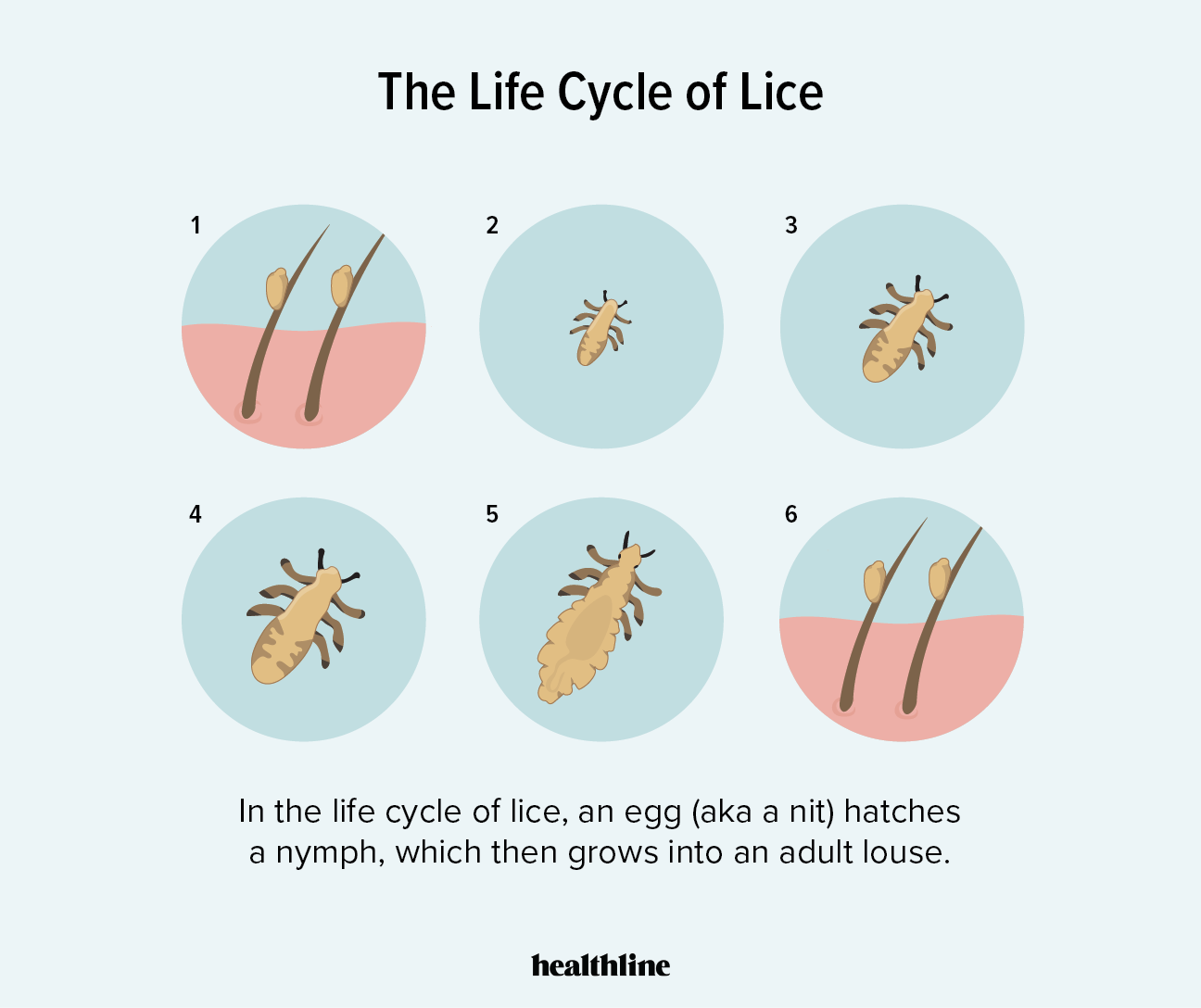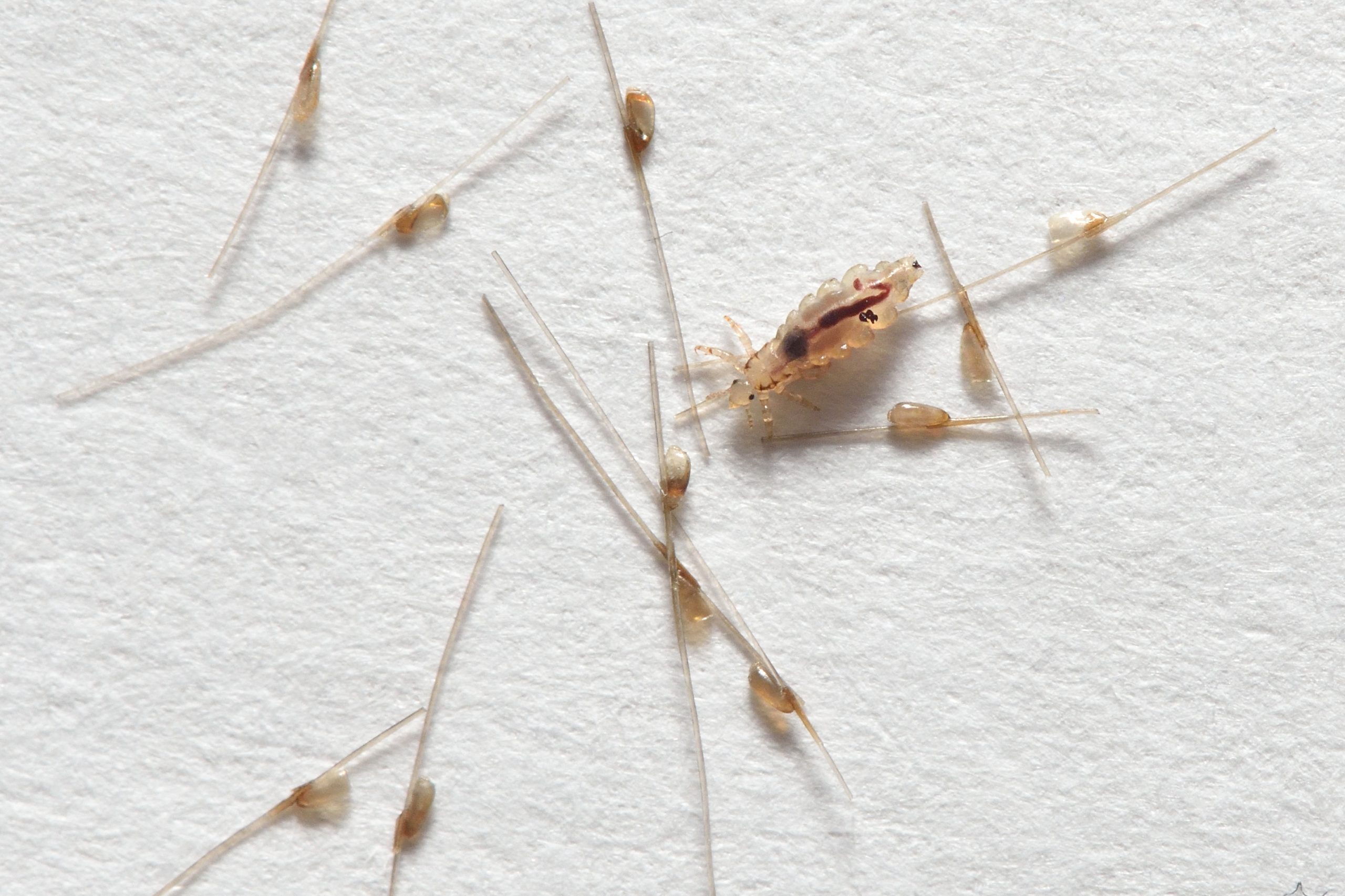Table Of Content

Fifty-two percent of those with children in their household who'd dealt with a lice infestation in the previous five years said yes. If you have live lice or eggs in your hair, you’ll need to use a special lice treatment. The myth that head lice prefer unwashed hair has fueled plenty of stigma. In reality, there’s no link between these tiny parasites and personal hygiene.
Want to Prevent Head Lice? Slap on the Hair Gel - Patch
Want to Prevent Head Lice? Slap on the Hair Gel.
Posted: Tue, 03 Sep 2013 07:00:00 GMT [source]
Nymphs
People may be able to remove hair casts with coal tar shampoo or a fine-toothed comb. There are many misconceptions about lice and what type of hair do like lice, one of which is that lice prefer long hair. Some folks think that if you have a buzz cut, you are immune to lice. As long as there is any hair on the head, the lice can attach to it and stay there near the warm scalp to eat their three meals a day. Having head lice isn't a sign of poor personal hygiene or an unclean living environment.
How to Prevent Head Lice
Many of them contain harsh chemicals that can be unsafe for young children or people with allergies. Nits are small white or yellowish-white specks that are usually found close to the scalp, around and behind the ears, and at the nape of the neck. Magnesium Glycinate is everywhere as of late, and for good reason. Not only is it an absorbable form of magnesium (meaning it's easier on the stomach than other supplements), but it can help decrease anxiety, improve sleep, and promote muscle and bone health. We love this one from Vimergy because it also contains an anti-inflammatory blend of ginger and turmeric root.
Who might get head lice?
There’s some limited evidence that tea tree and lavender oil repel head lice, but larger studies are needed, says Logan. The key things are to notify your child’s school if you detect head lice, encourage parents of close friends to check and treat their children, and regularly check your own child’s hair. “Detection at the earliest stage is most important,” says Burgess. Ideally, you want to kill lice before they get the opportunity to lay their eggs. Head lice are spread by direct contact with the hair of an infested person. Anyone who comes in head-to-head contact with someone who already has head lice is at greatest risk.

Head lice only crawl, most often leading to transmission through direct head-to-head contact. Anyone can get lice — no matter where you live, how old you are, or how often you wash your hair. Since lice feed on blood in your scalp, it doesn’t matter whether your hair is freshly shampooed or not. Experts say this may happen because girls are more likely to play with their heads close together. Hair length doesn’t have any impact on your risk of getting head lice.
A person should consider seeing a doctor if head lice do not go away after a second treatment with medication. A healthcare professional can recommend another treatment or advise about how to use the treatment correctly. It’s not uncommon to find nits in your hair without live lice. If you find only nits, you should still treat your hair as if you have lice.
Creepy Crawlers: How To Avoid Head Lice This Fall Season - KSLTV
Creepy Crawlers: How To Avoid Head Lice This Fall Season.
Posted: Fri, 20 Sep 2019 07:00:00 GMT [source]
So a person who is meticulous about personal hygiene and keeps their locks squeaky clean may get head lice more readily, and the case may progress more quickly to a full-blown infestation. There are many commonly spread falsehoods surrounding head lice. One of the most damaging is that if someone has head lice they also have poor personal hygiene. It's no surprise then, as professionals at LiceDoctors, we're often asked to do lice like clean or dirty hair. Lice prefer clean hair, which directly contradicts what most have heard.
Myth 2: You need to clean bedding, towels and clothes when you treat for head lice
Combing out the lice is the essential step of any head lice treatment. A special lice comb with narrow teeth can help you remove nits and lice. Between 6 million and 12 million lice infestations occur annually in school-age children in the United States. Head lice are contagious, spreading via head-to-head contact and can pass among children during play. Less commonly, they are spread through shared objects like hats, brushes, and pillows.
It can also enhance the brightness and color of hair without making it look greasy. Like coconut oil, olive oil is able to penetrate deep into hair’s fibers. In fact, the abundance of monounsaturated fats found in olive oil may play a key role in its conditioning properties. Head lice can only survive for up to 2 days away from the human head, so they will not last long in any surrounding areas. Some lotions and sprays come with a comb to remove dead lice and eggs.
Nits (head lice eggs) generally die within a week away from their human host and cannot hatch at a temperature lower than that close to the human scalp. Lice are fans of ALL sorts of hair, however, among the common myths about lice is that lice prefer dirty hair. You may be surprised to find that lice prefer a head that is squeaky clean over one that is dirty, artificially or otherwise, because it is easier for them to grab hold of the hair. Consider how difficult it is to get a grip on a rope when it is oily. In this scenario, the hair is like a rope that lice use to climb to from one head to another's hair.
The American Academy of Dermatology Association recommends repeating this combing daily for 2 weeks after treatment. If you find brown nits, carefully check the rest of the scalp, especially the hair behind the ears and at the back of the neck. Look for live lice and any nits within 1 cm of the scalp surface. Use a bright light, a fine-tooth nit comb, and the wet comb-out method. You can find these hatched nits during or after an active head lice infestation. A person can purchase medications for head lice OTC at most pharmacies.
The AAP doesn’t usually recommend chemical nit-loosening solutions. Some may cause irritation or interfere with the action of medicated lice shampoos and treatments. But when nits are closer to the scalp, it’s impossible to determine whether the lice could still hatch. Left alone, hatched nits can remain firmly attached to the hair shaft for months, but they’re harmless and can’t cause lice reinfestation. Washing and then combing out all the nits from your hair can feel like a big task. But you can usually do it in one sitting rather than applying smothering agents to your hair multiple times daily over a long time.

No comments:
Post a Comment